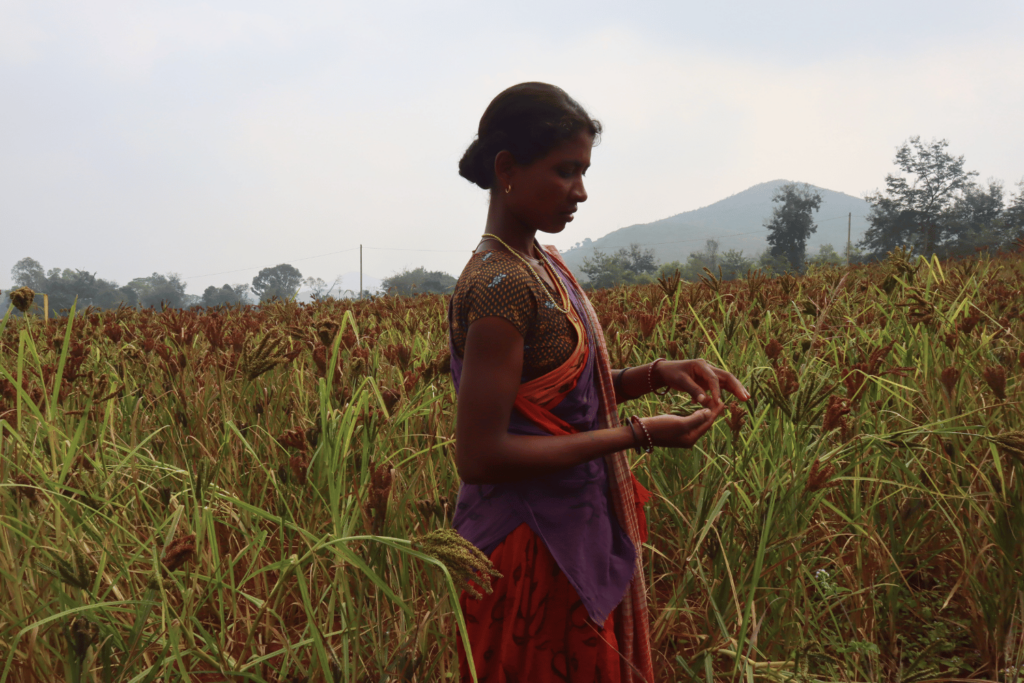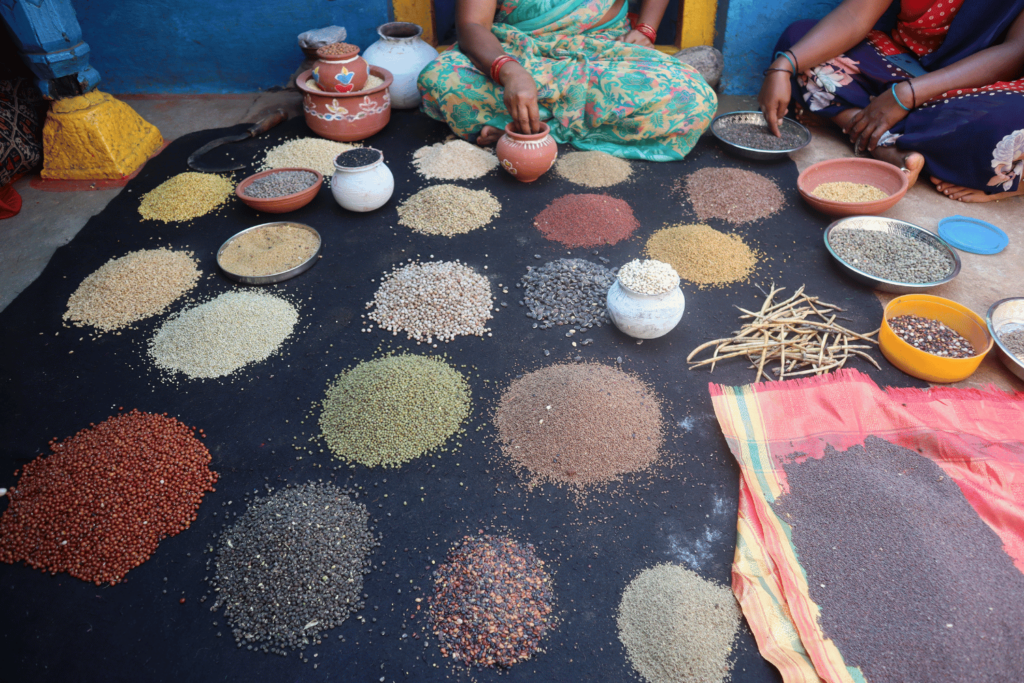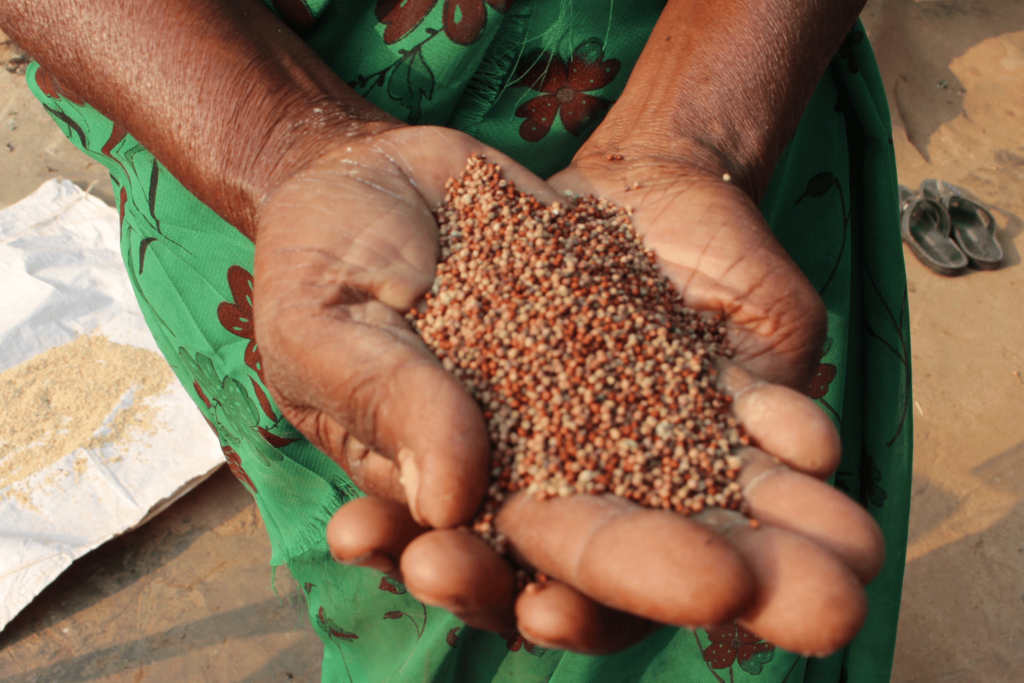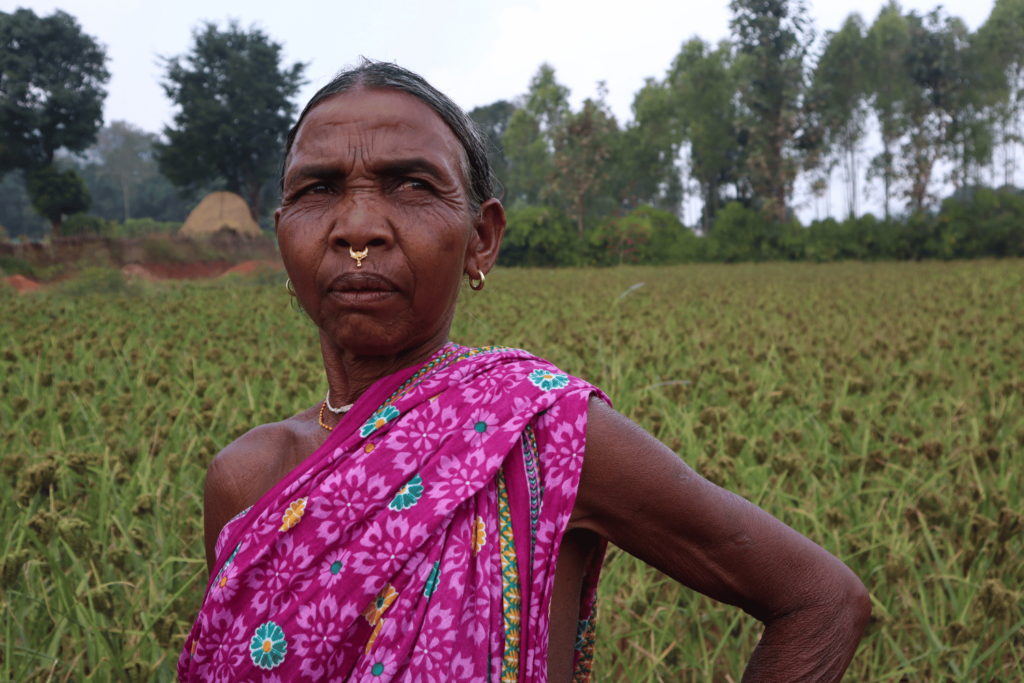This is an interview piece with the Millet Sisters, a group of small-scale women farmers from India.
We are excited to kick off our series of publications on millets in honour of the International Year of Millets (IYM). We are collaborating with the All-India Millet Sisters Network, a dedicated network of women who promote indigenous farming practices, millet cultivation in India, and women’s rights. Our team at SIANI had the opportunity to speak with a group of women farmers from Pastapur, Telangana, India, about their experiences.
Millets are a valuable crop with economic, environmental, and social benefits. These heritage grains have great potential as a sustainable and nutritious food source and are often undervalued. By supporting millet farming, we can improve the livelihoods of small farmers, especially women and their families, by boosting income and ensuring food and nutritional security. Additionally, millets naturally enrich soil by adding nitrogen.
“Compared to the more commonly known cereals such as wheat, rice or corn, millets are capable of growing under drought conditions, under non-irrigated conditions even in very low rainfall regimes, having a low water footprint”, explained Dr Aburto, deputy director in the nutrition and food systems division of the UN Food and Agriculture Organization.
The All-India Millet Sisters have explained that millets are not a crop but a concept for them and well-suited to dryland farmers in India, as they are naturally adapted to dry conditions. This makes them a suitable crop for regions with limited rainfall. The cultivation of crops depends primarily on the weather and soil conditions. Therefore, farmers cultivate in two seasons: Kharif with millets and the second season Rabi with peas, oats or chickpeas, India produces multiple varieties of millets, such as Pearl Millets, Sorghum, Finger Millet, Foxtail, Kodo, Barnyard, Proso, Little Millet etc. However, these women cultivate millets to keep the traditional cultivation practices alive in their region. Finger millet, unlike minor millet, which is a bit more complex and requires specific equipment, doesn’t require much water to grow, needs very little fertiliser, is rich in protein and can be intercropped.



